The delicate process of hand-rearing premature neonatal pets presents a unique set of challenges, particularly when it comes to maintaining optimal environmental conditions. Unlike their full-term counterparts, these fragile creatures lack the physiological maturity to regulate their own body temperature and hydration levels effectively. This vulnerability makes precise control of temperature and humidity not just beneficial but absolutely critical for their survival and proper development.
The science behind thermal regulation in premature neonates reveals a complex interplay between environmental factors and physiological limitations. Most mammalian species, whether canine, feline, or exotic pets, share similar vulnerabilities when born prematurely. Their underdeveloped nervous systems cannot effectively trigger shivering or sweating responses, while their high surface-area-to-body-mass ratio leads to rapid heat loss. Furthermore, their thin skin and minimal fat stores provide inadequate insulation against environmental temperature fluctuations.
Veterinary researchers have established that the ideal thermal environment for premature neonates should mimic the conditions they would experience nestled against their mother's body. For most species, this translates to an ambient temperature range between 85-90°F (29-32°C) during the first week of life, with gradual reduction as the animal matures. However, these parameters must be carefully adjusted based on species-specific requirements, with smaller or hairless breeds often needing slightly warmer conditions.
Humidity control presents another critical factor in creating an optimal microenvironment. The immature respiratory systems of premature neonates lose moisture rapidly through breathing, while their delicate skin is prone to dehydration. Maintaining relative humidity between 55-65% helps prevent excessive fluid loss while reducing the risk of respiratory complications. This balance becomes particularly crucial for species like puppies and kittens that are born with their eyes closed and rely heavily on their environment for hydration during the first weeks of life.
Modern incubator systems have revolutionized the care of premature neonatal pets by providing precise environmental control. These advanced units combine heating elements with humidification systems, often incorporating servo-control mechanisms that automatically adjust conditions based on the animal's temperature. Some high-end models even feature separate zones to accommodate litters with varying needs, recognizing that not all neonates in a premature litter will have identical requirements.
The consequences of improper temperature regulation can be severe and sometimes irreversible. Hypothermia in premature neonates leads to reduced metabolic activity, impaired digestion of milk replacers, and suppressed immune function. Conversely, overheating can cause dangerous dehydration and increase metabolic demand beyond what the fragile system can support. Veterinary specialists emphasize that even brief exposures to suboptimal temperatures can have cumulative negative effects on development and long-term health.
Humidity imbalances carry their own set of risks. Overly dry conditions predispose neonates to skin problems and respiratory distress, while excessive humidity creates an environment conducive to bacterial and fungal growth. This is particularly concerning given the typically underdeveloped immune systems of premature animals. Many veterinary hospitals now employ sophisticated monitoring systems that track both temperature and humidity levels continuously, alerting staff to any deviations from preset parameters.
Species-specific considerations play a significant role in determining optimal environmental conditions. Brachycephalic breeds, for instance, often require slightly lower humidity levels to compensate for their inherent respiratory challenges. Similarly, hairless varieties may need higher ambient temperatures to compensate for their lack of insulating fur. These nuances underscore the importance of customized care plans rather than a one-size-fits-all approach to microenvironment management.
The development of evidence-based protocols for temperature and humidity control has significantly improved outcomes for premature neonatal pets in recent years. Veterinary teaching hospitals have conducted extensive research to establish optimal ranges for different species and gestational ages. This research has led to the creation of detailed charts that correlate specific environmental parameters with developmental milestones, allowing caregivers to make precise adjustments as each animal progresses.
Practical challenges in home care settings remain significant for owners attempting to rear premature neonates without professional equipment. While commercial incubators provide ideal conditions, many caregivers must create suitable environments using heating pads, humidifiers, and careful monitoring. Veterinary professionals advise frequent temperature checks (every 2-3 hours initially) and recommend creating microenvironments within larger spaces to maintain stable conditions more efficiently.
Technological advancements continue to refine the field of neonatal pet care. Recent innovations include non-contact infrared thermometers for stress-free temperature monitoring and smart humidifiers that sync with mobile applications to maintain precise humidity levels. Some veterinary practices have begun experimenting with environmental control systems that learn and adapt to individual animals' patterns, automatically making subtle adjustments throughout the day-night cycle.
The psychological aspects of microenvironment management should not be overlooked. Studies suggest that maintaining consistent, optimal environmental conditions reduces stress in premature neonates, which in turn supports better feeding responses and more restful sleep patterns. This holistic approach recognizes that physical parameters directly impact behavioral development and the establishment of healthy biological rhythms during this critical growth period.
Future directions in microenvironment research point toward increasingly personalized approaches. Scientists are investigating how genetic factors might influence individual temperature and humidity preferences, potentially leading to DNA-informed care protocols. Other promising avenues include the development of biomimetic materials that actively respond to an animal's thermal needs and smart fabrics that help maintain ideal microclimates during necessary handling periods.
As our understanding of neonatal physiology deepens, so too does our appreciation for the intricate balance required in creating optimal rearing conditions. What was once considered simply keeping babies warm has evolved into a sophisticated science of microenvironment management. This progression reflects the veterinary community's growing commitment to evidence-based practice and the recognition that proper temperature and humidity control forms the foundation for all other aspects of premature neonatal care.
The successful hand-rearing of premature pets ultimately depends on careful attention to these environmental details. While challenges remain, particularly in resource-limited settings, the continued refinement of temperature and humidity control models offers hope for improving survival rates and long-term outcomes. As technology advances and knowledge expands, caregivers at all levels can look forward to increasingly effective tools and protocols for giving these vulnerable neonates the best possible start in life.
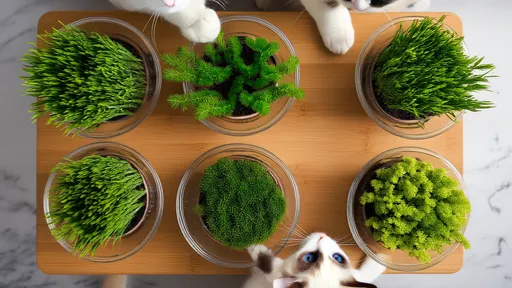
By /Jul 7, 2025
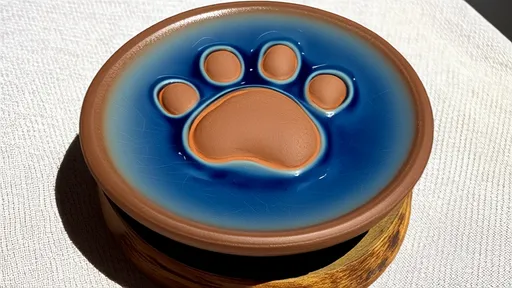
By /Jul 7, 2025

By /Jul 7, 2025

By /Jul 7, 2025

By /Jul 7, 2025
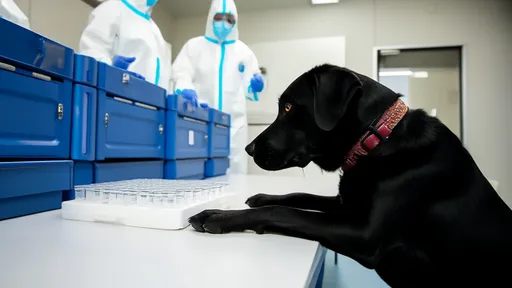
By /Jul 7, 2025

By /Jul 7, 2025

By /Jul 7, 2025

By /Jul 7, 2025

By /Jul 7, 2025
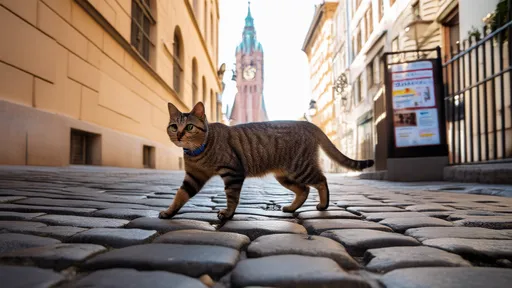
By /Jul 7, 2025

By /Jul 7, 2025

By /Jul 7, 2025

By /Jul 7, 2025
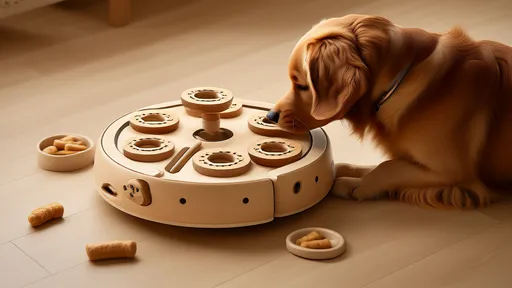
By /Jul 7, 2025
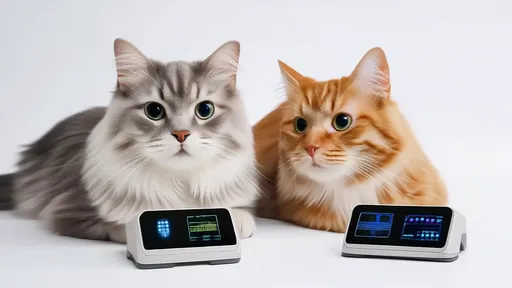
By /Jul 7, 2025

By /Jul 7, 2025
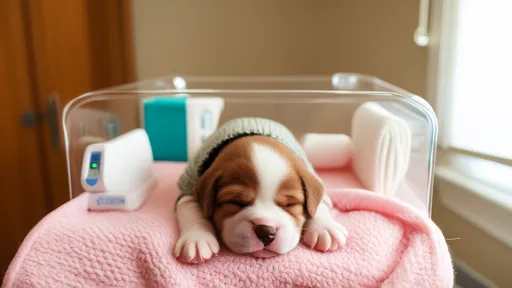
By /Jul 7, 2025